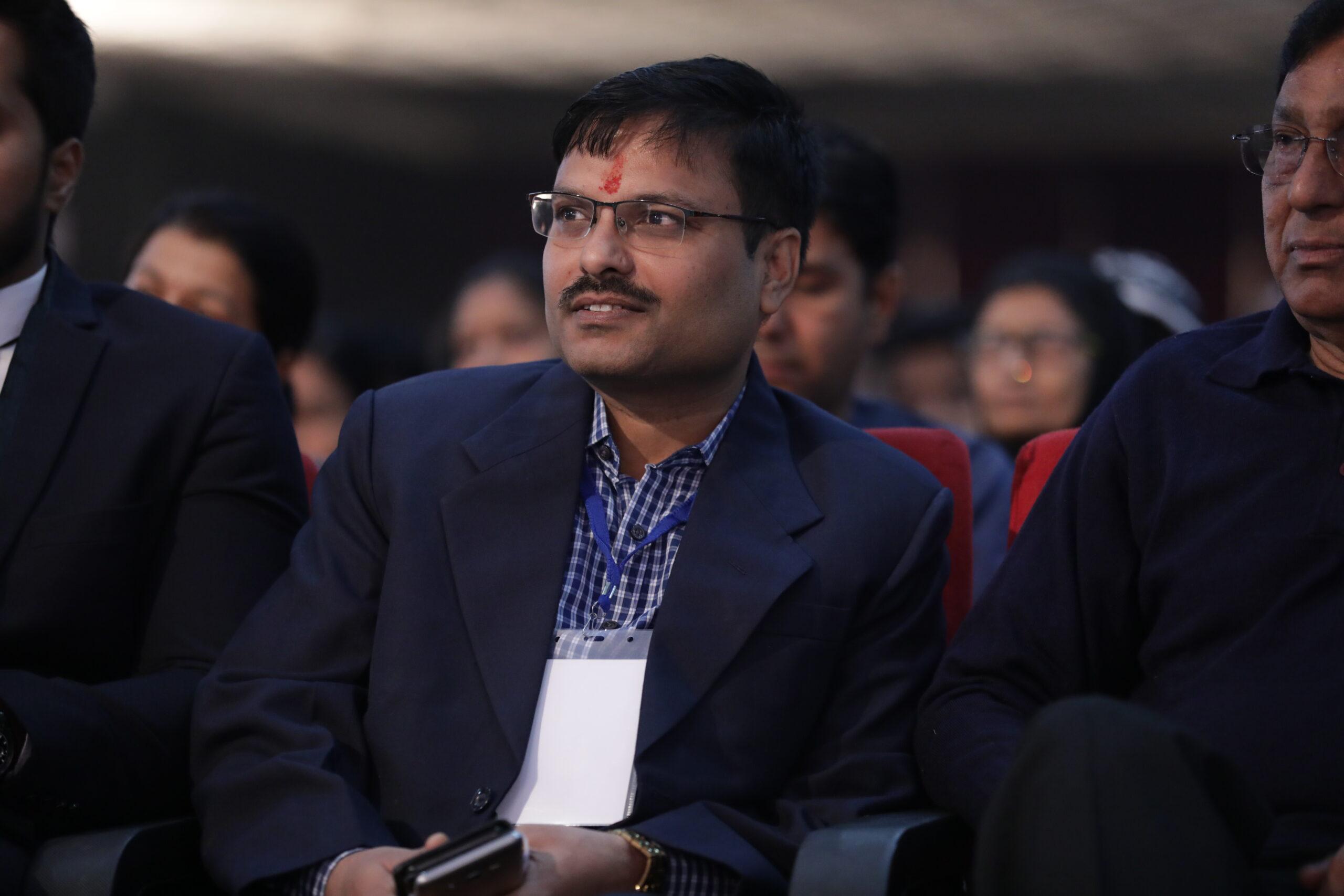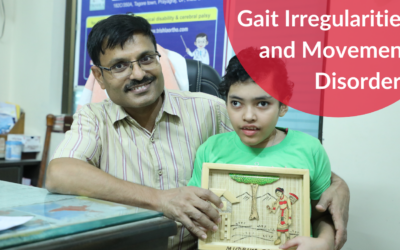Cerebral palsy is a life time condition that can make the life of the patient difficult. It happens because of some brain injury at or during birth, leading to activity limitations. Both physical and neurological abilities vary from child to child, and the support they require varies depending on their condition.
No doubt, there are many cerebral palsy treatment options, (cerebral palsy surgery)surgical procedures, and even mobility aids that will be beneficial for your child to lead a regular life & increase the Life expectancy of cp child. Here, a walker is one of the most popular options. It helps enhance the posture and the body stability of the child. Now, be it diplegic cerebral palsy, ataxic cerebral palsy, or any other form, using the right kind of walkers can benefit your child. So, you must take the time to consult with the doctor, research properly, and choose a walker that fits his current condition and ensures your child can move with it comfortably.
A good-quality walker will help cerebral palsy children improve their movement issues, including balance and posture. It can also help the child bear weight on the legs, decrease the risk of fractures, and enhance bone strength.
How can walkers be helpful for cerebral palsy?
As per the CDC, approximately 11% of 8-year-old cerebral palsy patients, who the organizations studied, used a handheld device to assist mobility. A walker is a sturdy frame the patient can hold as they walk. Now, the device provides stability and support, which provides CP patients greater independence and confidence. Different types of walkers can meet the needs of cerebral palsy patients. However, it is essential to understand the patient’s requirements first and talk with the doctor to choose the best option. This way, providing the patients with the proper support will be much easier, and they will see better mobility.
Assistive devices no doubt turn out to be a great support in helping the patients learn how to lead an independent life. After all, it allows them to move and take care of their daily job themselves. This not only improves their quality of life but also helps them socialize.
Consider your child’s needs when choosing the walker, as this plays a major role in helping them use the assistive device properly.
What are the types of walkers?
When talking about diplegic cerebral palsy or any other form, providing children with the right kind of support can make a huge difference in their recovery. So, choosing the right type of walker is crucial. There are different options available. Based on the severity and cerebral palsy symptoms of the child, you can select the best walker.
Four-wheeled walkers for posture control
This type of walker has four posts, each consisting of a wheel. Now, they help children who face problems maintaining the correct posture and balance.
Two-wheeled walkers for posture control
This type of walker has four posts, but only the front posts consist of wheels, while the back posts only contain rubber tips. Now, because of the rubber tips present at the back, the walker will help the child stroll with controlled mobility. So, this is the best for those children who suffer from serious balancing issues.
Suspension walkers
These walkers are known to be the best fit for those suffering from posture and balancing problems and who cannot support their body weight while upright. They have four posts and wheels on each and an overhead suspension frame.
Chest supporting walkers
These walkers have four posts, wheels on each post, and a chest supporting system to stabilize the trunk. They are the best fit for children who cannot use their arms as required for a general walker.
How to choose the best walker?
Now that you know about the different types of walkers available on the market, it’s important to remember certain facts or vital design features.
Handle grips
The child will hang onto the handle grips of the walker while he steps forward with the walker. Now, these handle grips are available in various types. You must select the hand grip that caters to your child’s unique needs and helps elevate the pressure on their hands and wrist joints. For instance, you must choose a large grip if your child finds it difficult to hold the grips using their fingers.
Easy to carry
If you travel a lot with your family, you will need a walker with a portable design. It is best to select a Walker that is foldable and light in weight so that you can keep it under a car seat or even in the trunk.
Material of the frame
As the walkers are made for children, it will be best if the frames are lightweight, corrosion-resistant, and durable. If you want an engaging walker for your child, it’s better to go for a good-colored frame.
Height adaptability
There are many walkers available in the market that offer height adaptability, which ensures long-term use. These walkers are best for children with permanent disabilities. An adaptable walker facilitates consistent modification when the child grows big, thus offering a cost-effective solution.
Conclusion
Children who have short-term or permanent disability, especially someone with severe motor impairments, are usually less active. Also, they might withdraw socially, especially when they cannot access or move securely. Luckily, they can have better mobility with the use of assistive devices. So, you must choose the best one. But besides this, it is also essential that you get started with the treatment for diplegic cerebral palsy as soon as possible. This way, the child can get the proper assistance for better recovery. You can always rely on the experts of the Trishla Foundation for customized treatments that help the children see better recovery in no time.







